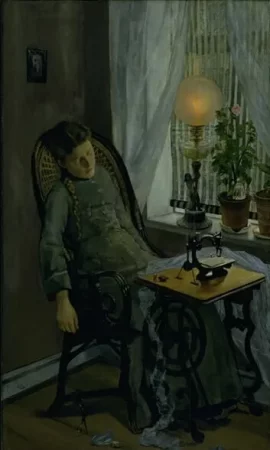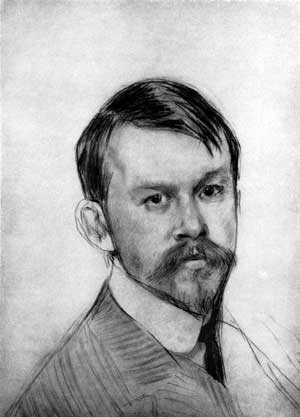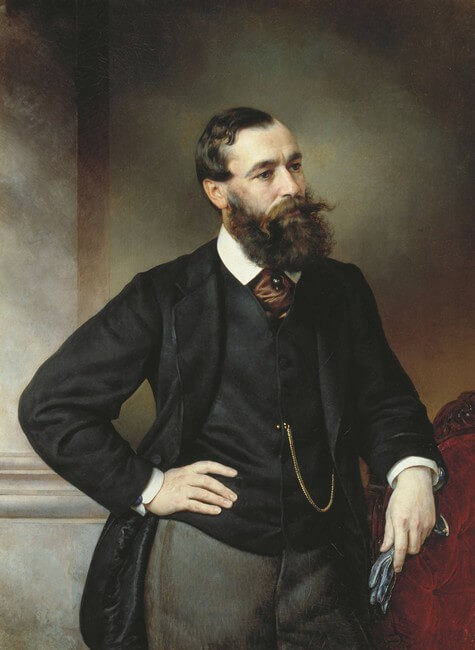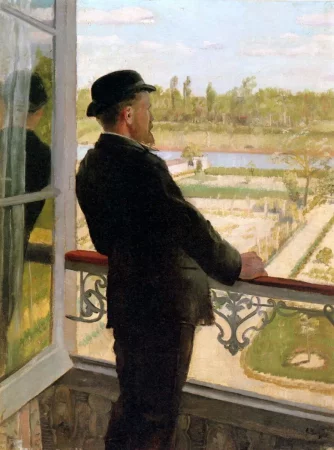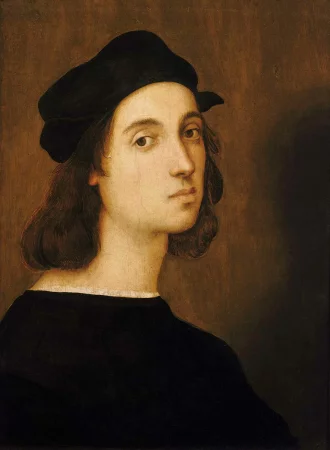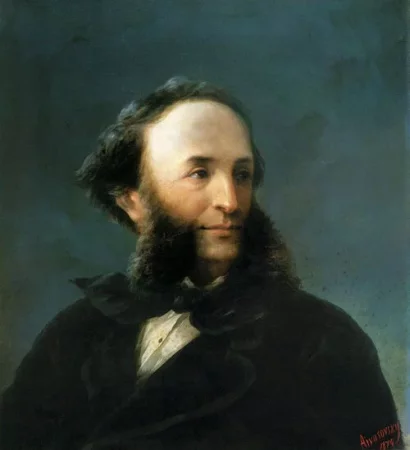The Seamstress, Christian Krohg - Description of the Painting
The Seamstress - Christian Krohg
Today, the picture titled "The Seamstress" by Christian Krohg is the pride of the Art Museum in Gothenburg. But it made a lot of noise in Norwegian and Swedish society, when introduced. The artist painted this canvas back in 1881 – the subject period was a turning point in his life. He met his future wife, the painter Oda Larson, which influenced his creation greatly. He also lived in Paris for some time, where he formed his own views on life and the style of painting. He used the works by the naturalist Jules-Bastien Lepage and the impressionist Edouard Manet as the examples of the technique. Talking of the plot aspect, Krogh was influenced by French naturalist writers Emile Zola and Guy de Maupassant, who used provocative acute social themes in their works, and Christian Krogh decided to adhere to such a strategy.
This painting depicts a tired woman who fell asleep in an armchair right in front of the sewing machine she worked on. She sits in a dark room, dimly lit by a lamp. One can see the scissors on the floor, apparently dropped from the hands of an overworked seamstress. The painter wanted to show how hard it is to earn a living for ordinary people. In the similar paintings by Christian Krohg, we can clearly feel his socialist views; he always liked to depict the difficult life of ordinary people.
It would be noteworthy that this painting served as the beginning of a whole creative cycle of Krohg. In 1886, he returned back to the plot of this canvas, writing the novel “Albertina” to describe the life of a poor seamstress, forced by fate to earn a living with her body. Same as it was with painting, Krohg-the-writer created plots with detailed naturalism, with no attempt to embellish the reality. However, such realism seemed too scandalous for his contemporaries, for there were too many taboo topics in the unprepared Norwegian public of the 19th century.
Comments (0)
Top
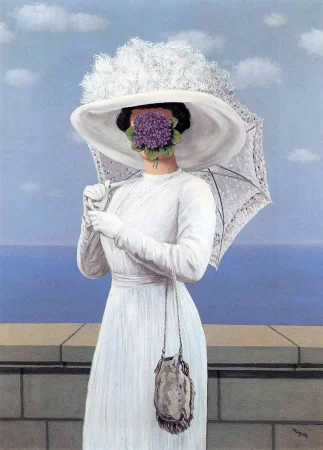 Painting The Great War, Rene Magritte - Meaning and Analysis
Painting The Great War, Rene Magritte - Meaning and Analysis
The Great War - Rene Magritte. Canvas, oil. 81 x 60 cm...
10.10.23
1 086
0
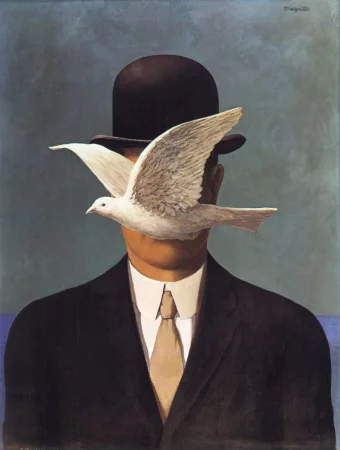 The man in the bowler hat, Rene Magritte
The man in the bowler hat, Rene Magritte
The man in the bowler hat - Rene Magritte. Canvas, oil. 70 x 50 cm...
06.09.23
2 724
0
